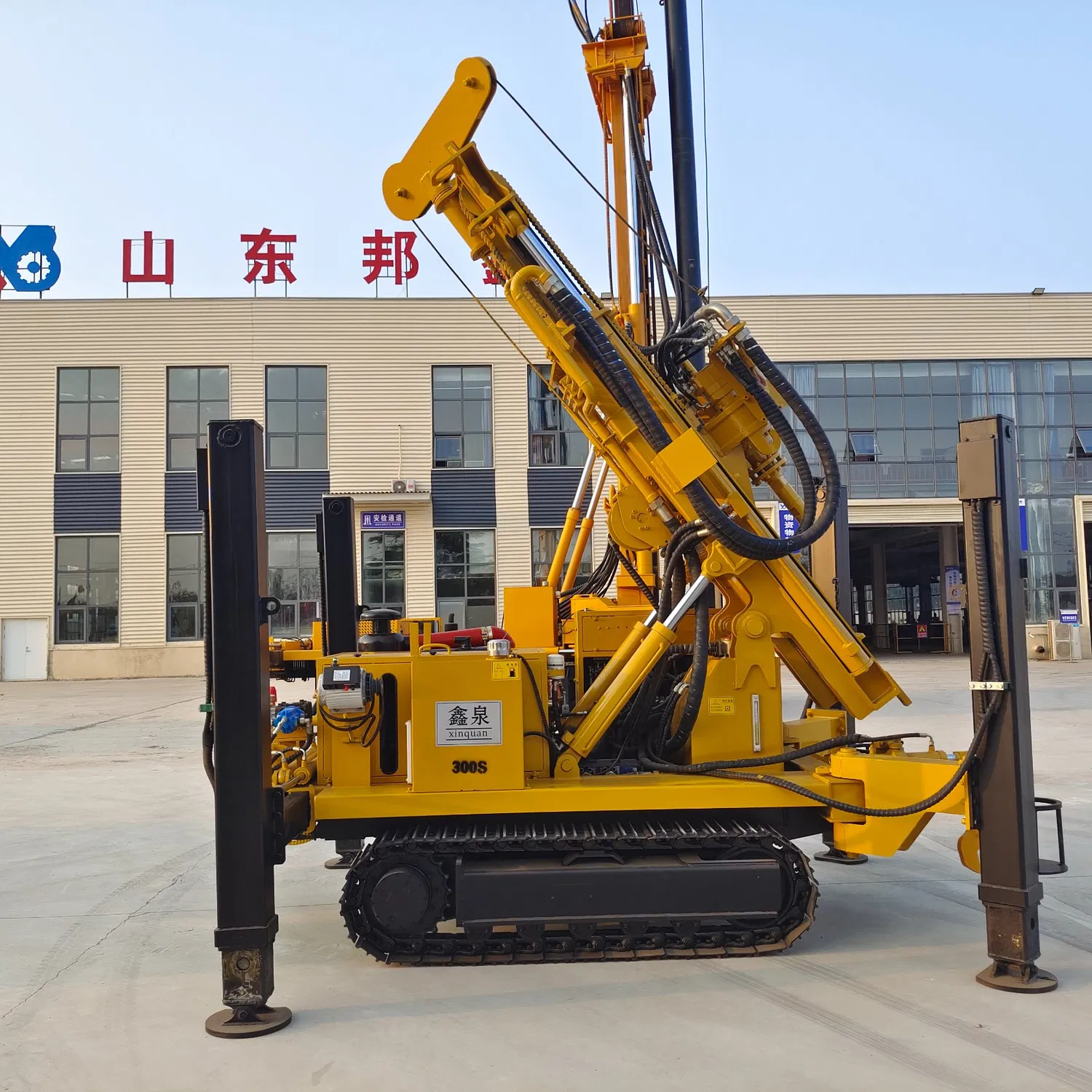Well-drilling is common in water conservancy projects,
geological explorations,
and infrastructure construction.
Since soil layers vary,
choosing the right rigs and plans is key to efficiency and quality.
- Clay is fine and sticky. Spiral drilling rigs work well.
- Their blades cut and remove clay efficiently during rotation.
- Use alloy bits to boost cutting power.
- Drill slowly to avoid clogging. Clean bits regularly.
- Rocks are hard and dense. Impact drilling rigs are ideal.
- They break rocks with hammer impacts for drilling.
- In hard rock areas, choose rigs with solid cone bits.
- Rotary drilling rigs with coring bits suit high-precision jobs.
- Survey rocks thoroughly and plan drilling positions.
- Sand is loose with low cohesion. Circulating rotary rigs fit well.
- Mud pumps circulate mud to remove cuttings and stabilize walls.
- Reverse circulation rigs offer higher slag removal efficiency.
- Control mud density strictly to prevent cave-ins.
- Monitor the wellbore carefully in thick, loose sand layers.
In short, match rigs to soil types and follow proper plans. This ensures smooth well-drilling and a solid foundation for projects.
 Rock Soil Layer Construction Plan
Rock Soil Layer Construction Plan Bangxin pagbabarena rig
Bangxin pagbabarena rig